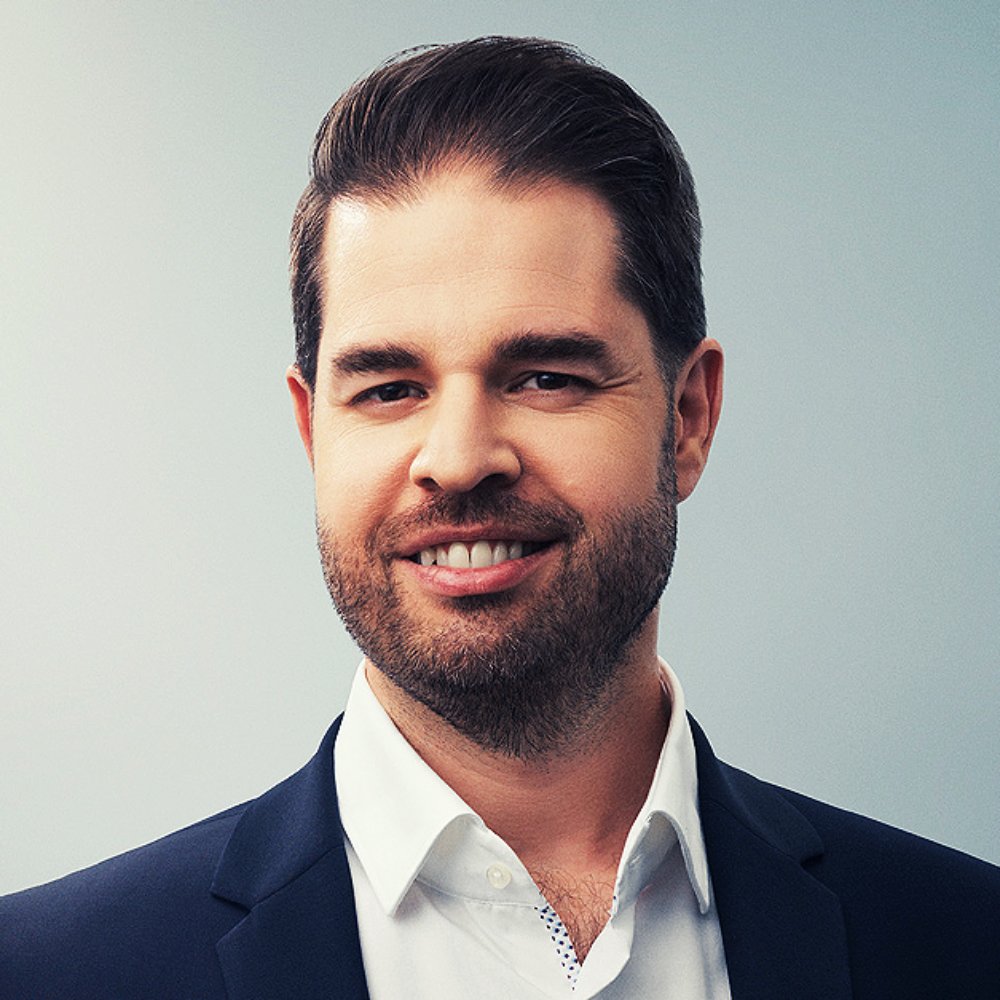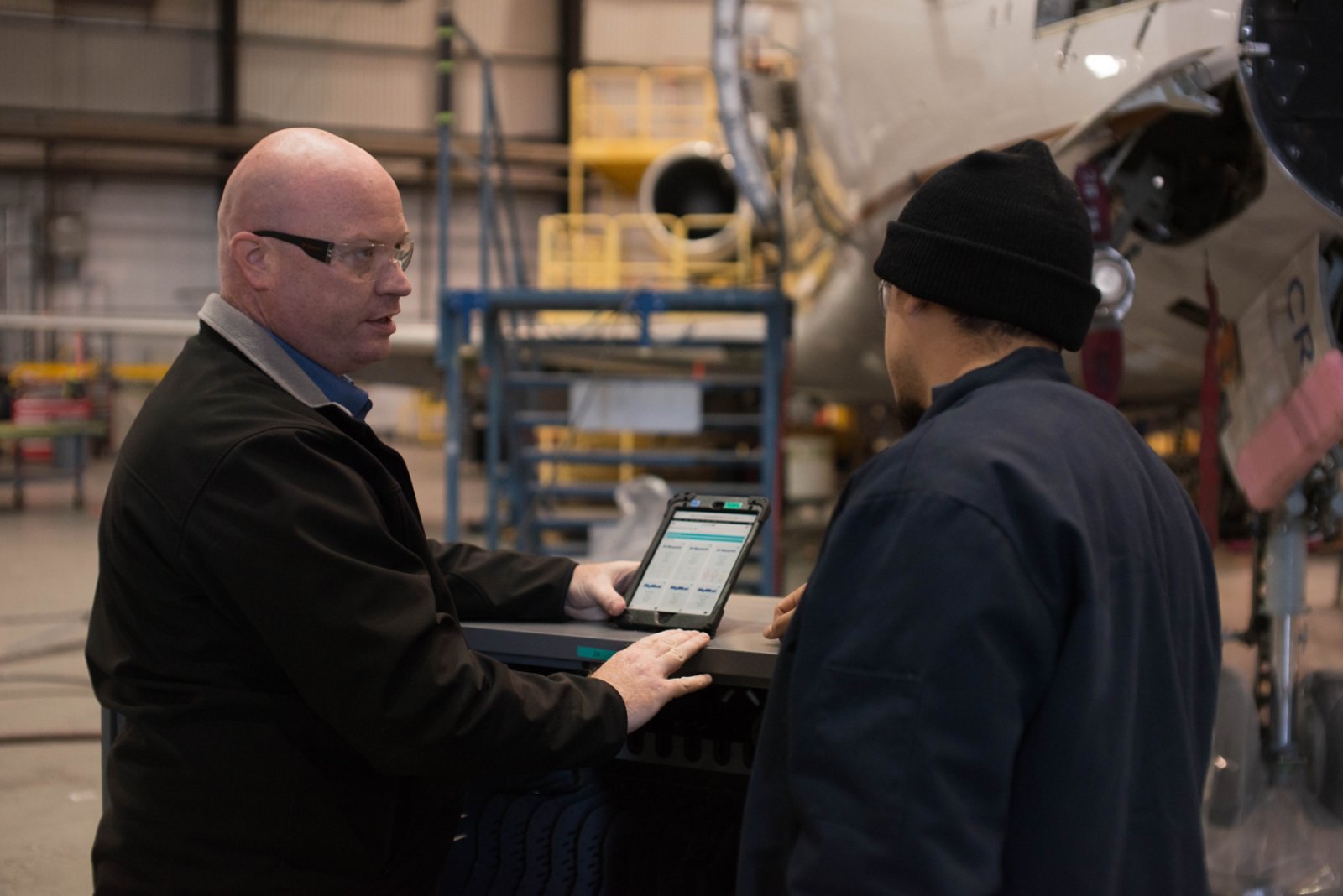Watch MHIRJ's story
My vision for MHIRJ was essentially to increase operational efficiency. And to do that, what we wanted to put in place was a core team of IT professionals,to basically be there to define the architecture and the strategy as well as making sure that we standardize the way that we do things. But part of that strategy was saying, okay, if you have a small core team, then how do you actually deliver on all these projects? And the way that we would do that is outsource."
A flexible cloud architecture was a priority for MHIRJ’s new IT program, to provide the necessary reliability and flexibility as IT resources scale to support business growth.
The first challenge with a cloud-first architecture was choosing the right platform partners without getting bogged down in unnecessary complexity.

Kyndryl had knowledge of our previous systems. That actually made them the ideal partner to advise us on our transformation. They helped us choose the right cloud, the right framework for the right application.”
We've delivered hundreds of applications right now for our company that are running on our different cloud infrastructure. Most of our major projects have either gone live or close to going live, and we're really proud of that as a team.”

About MHIRJ
Meet The Team









